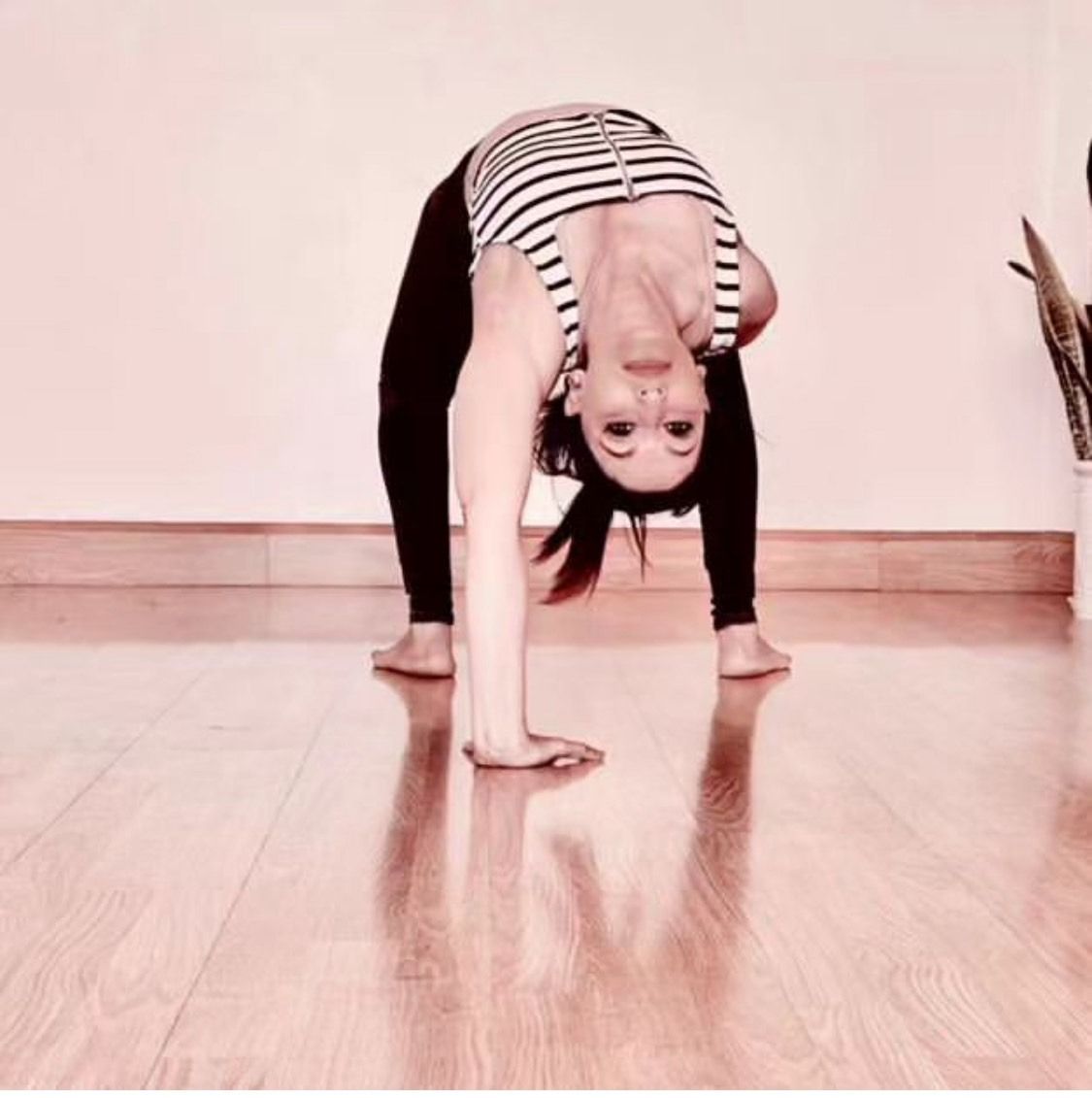If I was really short on time, say for a fortnight, and I could only squeeze in one single posture everyday….. guess which posture that would be?
I would not hesitate to say it would be a heart-opener.
Heart opening is essentially a less intimidating term for backbends. Besides, it describes what backbends do – they expand the chest region and reach deep into the physical heart, releasing feelings of tightness and restriction from the heart. At the same time they engage, stimulate and strengthen our back muscles and increase the blood circulation in the full expanse of the back.
Backbends can be modified from tougher asanas to simpler and easier to do versions for practitioners of all levels and this can be learned in Yoga Classes at Home.
Getting Started
Our spine is an incredible combination of Sthira and Sukha, or strength and flexibility. Strong ligaments, tendons and muscles support the bony spinal vertebrae as it moves in all planes the strong bones in the spine give us structure and protect our sensitive network of nerves. Regular backbends or heart openers help to protect this wonderful balance by strengthening the supporting muscles around the spine and rib cage as well as increasing range of motion.
Categories of Backbends
Based on the position of the body, intensity of the asanas, and the specific areas of the spine they target, there are several ways to categorise backbends.
One way we classify backbends is to see how much of the body is in contact with the floor as we arch back.
Mild Backbends are gentle and accessible to most practitioners. The larger the base area in contact with the floor, the easier the backbend will be. For instance when we lie prone on our abdomen and arch back, such as in the Bhujangasana or Cobra series of postures.
Moderate Backbends need more spinal flexibility and strength for a deeper stretch and stronger opening of the chest. Here we have less of the body in contact with the floor. Poses include Ustrasana, (Camel pose) where only our shins, our lower legs are in contact with the floor as we arch the upper body back.
Intense Backbends are relatively more advanced, and they demand a high level of flexibility, strength, and control. Asanas include Chakrasana (or Wheel) where we only have our hands and feet in contact with the floor as the entire body is arched back. Also Hasta Utthanasana (Raised arms pose) where we are balancing only on the small surface area of our feet as we bend back.
Prone Backbends are performed while lying face down, and they target the lumbar and thoracic regions of the spine. Examples are Bhujangasana (Cobra) and Salabhasana (Locust).
Supine Backbends are performed while lying on the back. They focus on the thoracic spine and shoulders, and the asanas include Setu Bandhasana (Bridge) Urdhva Dhanurasana (Wheel) and Matsyasana (Fish).
Standing Backbends incorporate balance and strength and engage the entire body. The asanas in this category would include, Hasta Utthanasana (Raised arms pose) Natarajasana (Lord of the dancers pose) Ardh Chandrasana (Half moon pose, in a lunge) and Prishthasana.
Inverted Backbends are performed upside down, challenging our sense of balance and providing a different perspective on backbending. The poses in this category include Viparita Dandasana (Inverted staff pose) and Chakrasana (Wheel).
Backends can be made even more challenging through various drills such as falling back into the Wheel from a standing position.
Physical Benefits of Backbends
The most valuable benefits of backbends are that they enhance spinal strength and flexibility; they remove stiffness and pain from the back. Backbends make us feel strong; they remove that vulnerable feeling of weakness running down the length of the spine. They stimulate the nervous system, specifically the sympathetic nervous system which leads to increased alertness and energy. Due to opening up the chest and lungs, backbends improve respiratory function.
Emotional Benefits of Backbend
As emotional stress and trauma are stored in the upper body, particularly in the chest and hip areas, backbends act as a channel to release these pent-up emotions by physically opening the heart space. This release can be profoundly therapeutic, helping practitioners process and let go of these unnecessary emotions, which may have being weighing them down since ages.
Want to learn heart openers or backbends the right way? Join Yoga Courses Online in India at Yoga with Sapna today!
